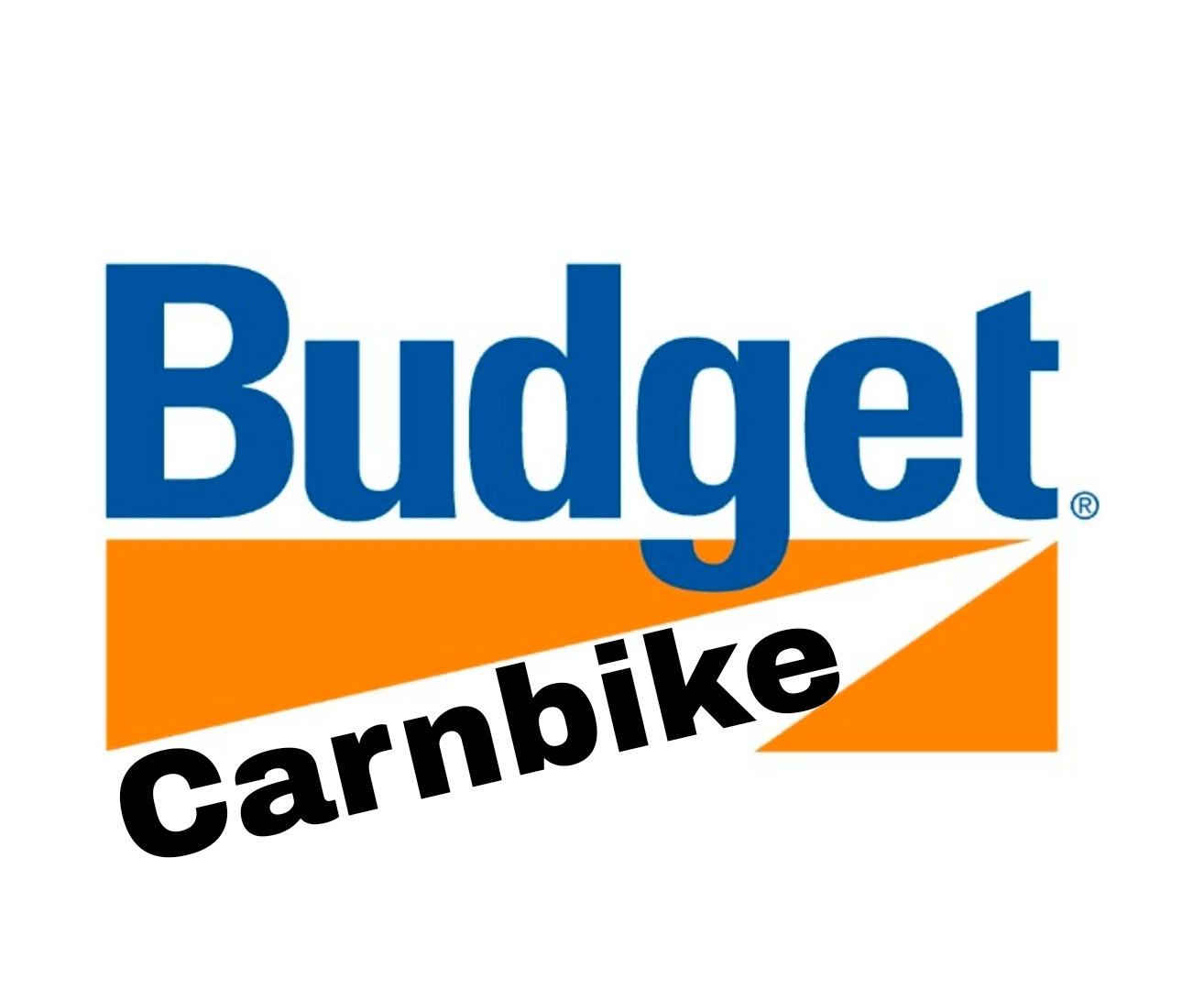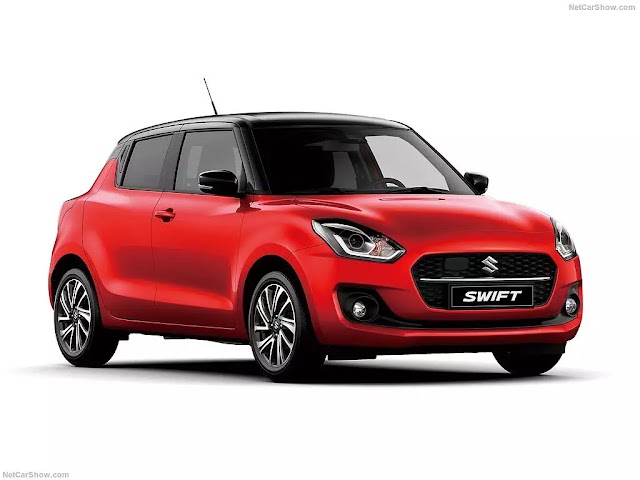As a driver, you must have come across the term brakes. The brakes in a four-wheeler are essential components that help to control the speed and stop the vehicle. However, did you know that there are different types of brakes in four-wheelers? In this article, we will explore the various types of brakes found in four-wheelers.
Table of Contents
- Introduction
- Disc Brakes
- How Do Disc Brakes Work?
- Types of Disc Brakes
- Drum Brakes
- How Do Drum Brakes Work?
- Types of Drum Brakes
- Anti-lock Braking System (ABS)
- How Does ABS Work?
- Types of ABS
- Electronic Stability Control (ESC)
- How Does ESC Work?
- Types of ESC
- Hydraulic Brake System
- How Does a Hydraulic Brake System Work?
- Types of Hydraulic Brake Systems
- Conclusion
- FAQs
1. Introduction
Brakes are an essential component of any vehicle. They help in controlling the speed and stopping the vehicle. In a four-wheeler, there are several types of brakes. The type of brake used in a vehicle depends on various factors such as the vehicle's weight, size, and power.
2. Disc Brakes

Disc brakes are the most common type of brakes found in four-wheelers. They consist of a disc or rotor attached to the wheel and a caliper that houses the brake pads. When you press the brake pedal, the caliper squeezes the brake pads against the rotor, creating friction that slows down the vehicle.
How Do Disc Brakes Work?
Disc brakes work on the principle of friction. When you press the brake pedal, hydraulic pressure is applied to the brake caliper. The caliper then applies pressure to the brake pads, which are pushed against the rotor. The friction between the pads and rotor creates the stopping force that slows down the vehicle.
Types of Disc Brakes
There are two types of disc brakes: floating and fixed. In a floating disc brake, the disc is attached to the hub of the wheel, and the caliper floats on pins that allow it to move slightly. This type of brake is less expensive and easier to maintain. In a fixed disc brake, the caliper is bolted directly to the suspension, and the disc is fixed to the hub of the wheel. This type of brake offers better performance and is more expensive.
3. Drum Brakes
Drum brakes are another type of brake found in four-wheelers. They consist of a drum attached to the wheel and brake shoes housed inside the drum. When you press the brake pedal, the brake shoes press against the inside of the drum, creating friction that slows down the vehicle.
How Do Drum Brakes Work?
Drum brakes work on the same principle as disc brakes. When you press the brake pedal, hydraulic pressure is applied to the brake shoes. The shoes then press against the inside of the drum, creating friction that slows down the vehicle.
Types of Drum Brakes
There are two types of drum brakes: leading and trailing. In a leading drum brake, the brake shoes are pushed forward against the drum, while in a trailing drum brake, the shoes are pulled back against the drum. Leading drum brakes offer better performance and are commonly used in front brakes while trailing drum brakes are used in rear brakes.
4. Anti-lock Braking System (ABS)
An Anti-lock Braking System (ABS) is a safety feature that prevents the wheels from locking up when you apply the brakes suddenly. ABS works by modulating the brake.
How Does ABS Work?
ABS uses sensors to detect when a wheel is about to lock up. When this happens, the system rapidly releases and applies the brakes, which helps to maintain traction and control of the vehicle. This is achieved through the use of an Electronic Control Unit (ECU), which controls the brake pressure of each wheel.
Types of ABS
There are two types of ABS: four-channel and three-channel. In a four-channel ABS, each wheel has its own sensor and control valve. This system provides better control and stability, especially in emergency situations. A three-channel ABS, on the other hand, has one sensor and control valve for each front wheel and one for both rear wheels. This system is less expensive and is commonly used in light trucks and SUVs.
5. Electronic Stability Control (ESC)

Electronic Stability Control (ESC) is a safety feature that helps to prevent skidding and loss of control. It uses sensors to detect when the vehicle is sliding or skidding and applies the brakes to the appropriate wheels to help regain control.
How Does ESC Work?
ESC uses sensors to detect the vehicle's direction and speed. If the vehicle starts to slide or skid, the system applies the brakes to the appropriate wheels to help keep the vehicle on its intended path.
Types of ESC
There are two types of ESC: one that applies brakes to individual wheels and one that applies brakes to all wheels at once. The individual wheel system provides better control and stability, especially in emergency situations. However, the system that applies brakes to all wheels at once is less expensive and is commonly used in light trucks and SUVs.
6. Hydraulic Brake System
A hydraulic brake system is a braking system that uses hydraulic fluid to transfer force from the brake pedal to the brake calipers. It is a common type of brake system found in four-wheelers.
How Does a Hydraulic Brake System Work?
When you press the brake pedal, hydraulic fluid is forced through the brake lines to the brake calipers. The calipers then apply pressure to the brake pads, which create friction against the rotor, slowing down the vehicle.
Types of Hydraulic Brake Systems
There are two types of hydraulic brake systems: drum and disc. Disc brakes are more common in modern vehicles due to their superior performance and reliability. However, some vehicles still use drum brakes in the rear, which are less expensive and easier to maintain.
7. Conclusion
In conclusion, there are different types of brakes used in four-wheelers, and each has its own advantages and disadvantages. It is important to understand how each type of brake works and their differences to make informed decisions when purchasing or maintaining a vehicle.
8. FAQs
- Which type of brake is better, disc or drum?
- Disc brakes offer better performance and are more reliable, but they are also more expensive to maintain. Drum brakes are less expensive and easier to maintain but offer inferior performance.
- What is the purpose of ABS?
- ABS is a safety feature that prevents the wheels from locking up when you apply the brakes suddenly. It helps to maintain control and stability of the vehicle in emergency situations.
- What is the difference between four-channel and three-channel ABS?
- Four-channel ABS has a sensor and control valve for each wheel, providing better control and stability. Three-channel ABS has one sensor and control valve for each front wheel and one for both rear wheels, making it less expensive and commonly used in light trucks and SUVs.
- What is ESC?
- Electronic Stability Control (ESC) is a safety feature that helps to prevent skidding and loss of control by applying the brakes to the appropriate wheels to keep the vehicle on its intended






.webp)

0 Comments